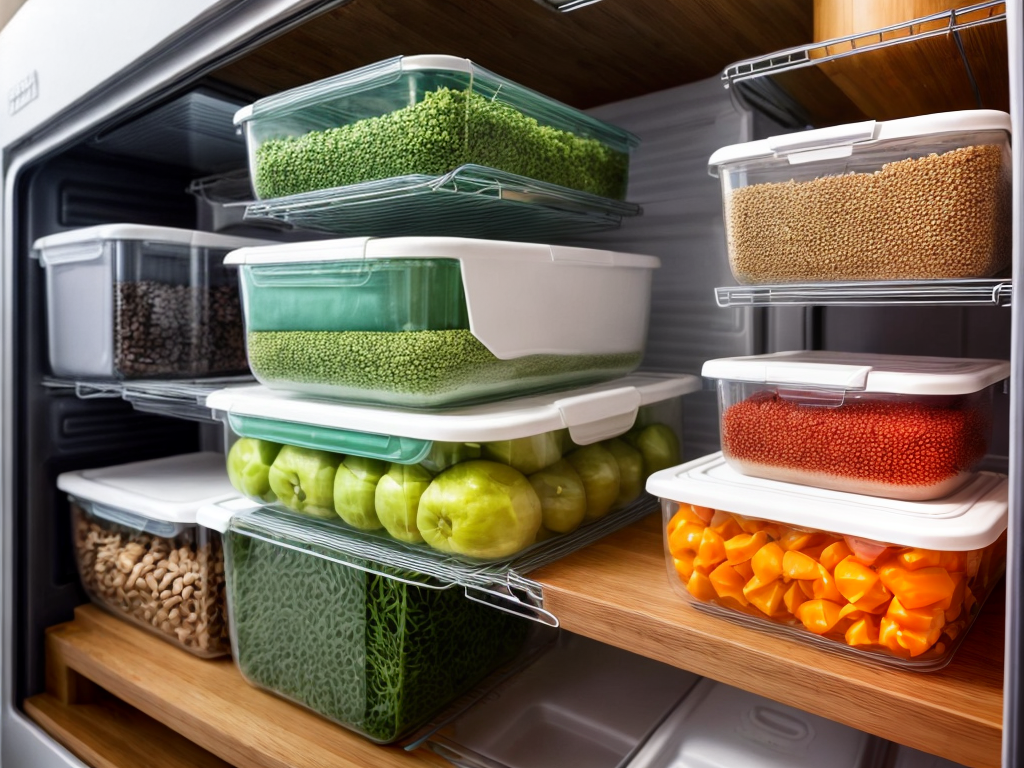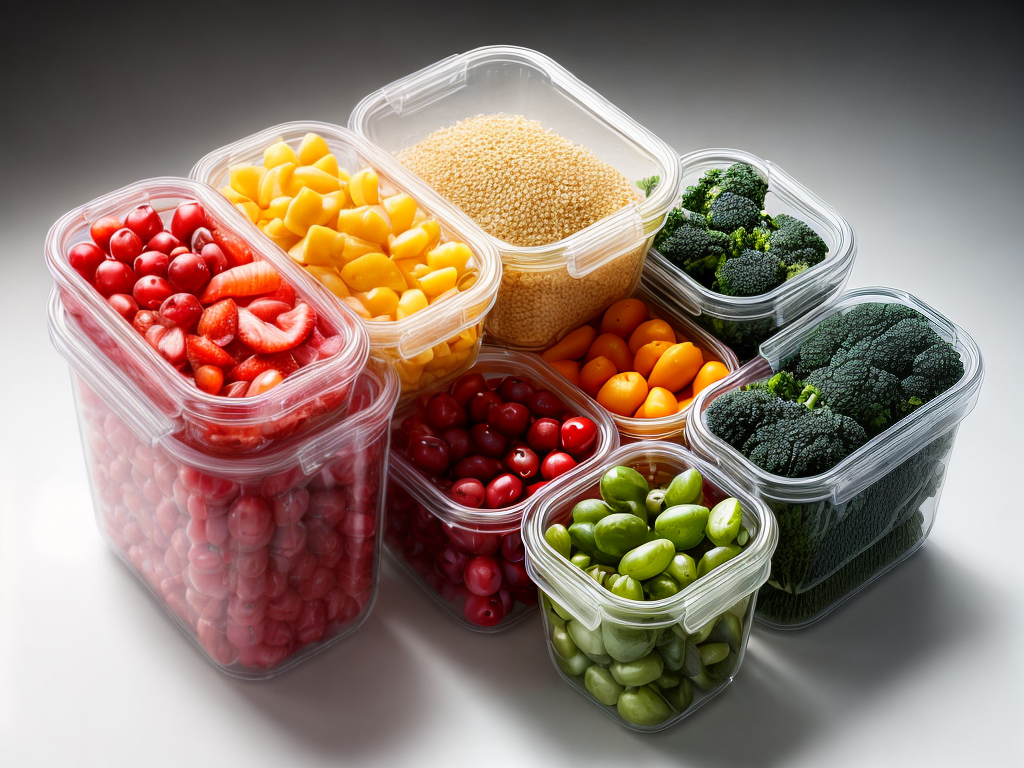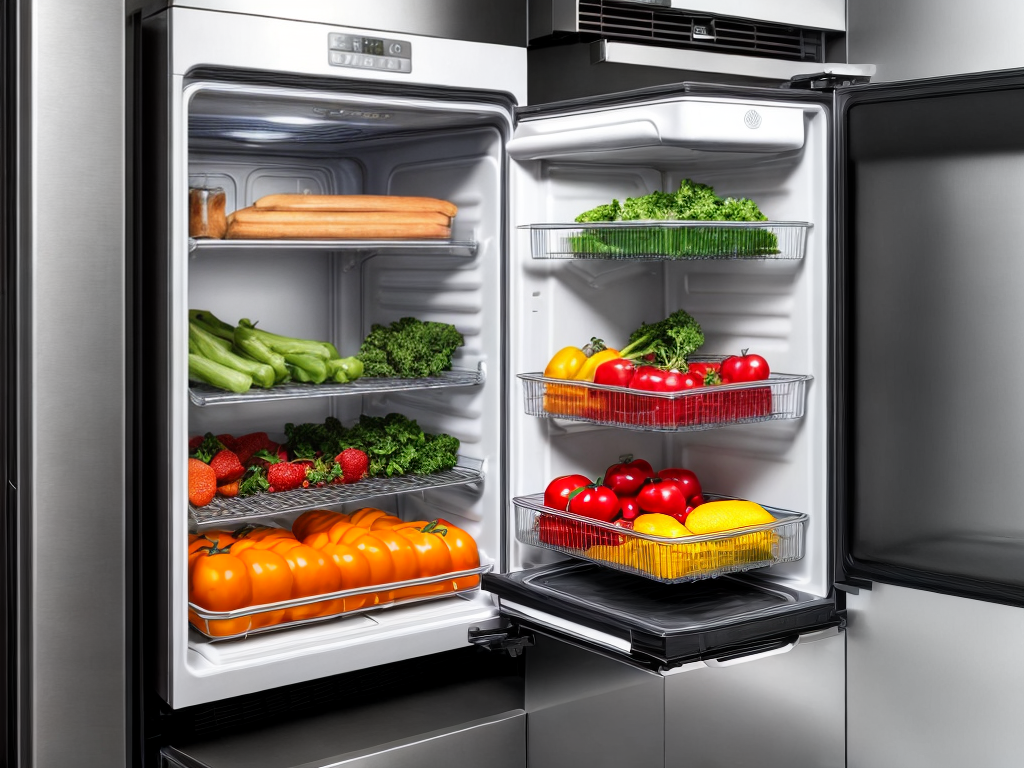
When it comes to fermentation, did you know that the process involves the transformation of sugars into acids, gases, or alcohol by the action of bacteria, yeasts, or other microorganisms? It’s a fascinating art that has been practiced for centuries, and if you’re a beginner looking to explore the world of fermentation, I’ve got some tips to help you get started. From the importance of clean equipment to troubleshooting common issues, these tips will set you on the path to successful fermentations. So, let’s dive in and discover the secrets of this ancient craft.
Importance of Clean and Sanitized Equipment
Clean and sanitized equipment is essential for successful fermentation. To ensure the best results, it is crucial to understand the importance of proper cleaning methods and sterilization. When it comes to fermentation, any residual bacteria or contaminants can hinder the growth of beneficial microbes, leading to undesirable outcomes.
To start, cleaning your equipment thoroughly before each use is vital. This involves removing any visible debris, such as leftover ingredients or residue, from the vessels and utensils. I recommend using a mild detergent and warm water to clean your equipment, making sure to scrub all surfaces thoroughly.
Once cleaned, it is crucial to sanitize your equipment to eliminate any remaining bacteria or contaminants. There are various methods to achieve sterilization, including heat, chemical sanitizers, and even natural alternatives like vinegar or hydrogen peroxide. The choice of method depends on the type of equipment and personal preference.
Choosing the Right Fermentation Vessel
When it comes to choosing the right fermentation vessel, there are a few important points to consider. First, you’ll want to think about the material options available, such as glass, ceramic, or food-grade plastic. Size is another factor to keep in mind, as it will depend on the batch size you plan to ferment. Lastly, you’ll need to decide whether you want a vessel with an airlock or not, which can help regulate the release of gases during fermentation.
Material Options
For beginners looking to choose the right fermentation vessel, various material options are available to consider. Here are four options to help you make an informed decision:
- Glass: Glass fermentation vessels are popular due to their inert nature, which ensures that no flavors or odors are transferred during fermentation. They also allow for easy monitoring of the fermentation process.
- Ceramic: Ceramic vessels provide excellent insulation and temperature regulation, making them ideal for slow fermentation techniques. They also add a unique flavor profile to the final product.
- Stainless steel: Stainless steel vessels are durable and easy to clean, making them a practical choice for beginners. They do not react with acids during fermentation, ensuring a neutral flavor development.
- Food-grade plastic: Plastic vessels are lightweight and affordable, making them a convenient option for beginners. However, it is important to choose food-grade plastic to avoid any potential leaching of harmful chemicals.
Consider these material options when selecting a fermentation vessel to enhance your fermentation techniques and flavor development.
Size Considerations
Choosing the right size fermentation vessel is crucial for achieving successful fermentation results. When it comes to selecting a fermentation container, size matters. The size of your vessel will determine the quantity of ingredients you can ferment and the fermentation process itself. A container that is too small may not provide enough space for the ingredients to ferment properly, leading to uneven fermentation or even spoilage. On the other hand, a container that is too large may result in excess headspace, which can lead to oxidation and off-flavors. It is important to choose a vessel that allows enough room for the ingredients to expand during fermentation but also minimizes headspace. By considering the size of your fermentation container, you can ensure optimal conditions for a successful fermentation process.
Airlock or Not
To determine whether an airlock is necessary for your fermentation vessel, consider the specific needs of your fermentation process. Here are some pros and cons of using an airlock, as well as alternative methods to consider:
-
Pros of using an airlock:
-
Prevents oxygen from entering the fermentation vessel, reducing the risk of spoilage.
-
Allows for the release of carbon dioxide produced during fermentation, preventing pressure buildup.
-
Cons of using an airlock:
-
Can be more expensive compared to alternative methods.
-
Requires regular monitoring and maintenance to ensure proper functioning.
-
Alternative methods:
-
Using a fermentation weight or a simple lid with a loose seal can create a similar environment with less cost.
-
The water-seal method, where a vessel is partially filled with water to create a barrier between the ferment and the outside air.
Consider these options based on your fermentation needs and budget. Experimentation and observation will help you find the method that works best for you.
Understanding the Role of Salt in Fermentation
Salt plays a crucial role in the fermentation process, enhancing flavor and inhibiting the growth of harmful bacteria. When added to vegetables, salt draws out their natural juices, creating an environment that promotes the growth of beneficial bacteria while hindering the growth of harmful ones. This results in the development of complex flavors and textures that are characteristic of fermented foods.
One of the key benefits of salt in fermentation is its ability to enhance flavor. It not only helps to balance the taste by reducing bitterness and enhancing sweetness, but it also adds a savory depth to the final product. The salt interacts with the natural sugars in the vegetables, creating a harmonious and well-rounded flavor profile.
In addition to flavor, salt also plays a crucial role in preservation. By creating a high-salt environment, it inhibits the growth of harmful bacteria, molds, and yeasts that can spoil the fermentation process. This helps to ensure the safety and longevity of the fermented foods.
However, it is important to note that the amount of salt used in fermentation should be carefully measured. Too little salt may result in the growth of undesirable bacteria, while too much salt can inhibit the growth of beneficial bacteria, leading to a lack of fermentation or a overly salty taste.
Controlling Temperature and Time for Optimal Results
To achieve optimal results in fermentation, it is crucial to carefully control the temperature and time of the process. Temperature control and fermentation duration play a significant role in determining the flavor, texture, and safety of your fermented foods. Here are some key tips to help you master these aspects:
-
Maintain the right temperature: Different types of ferments require specific temperature ranges for ideal growth of beneficial bacteria. Invest in a thermometer to monitor the temperature accurately. Keep in mind that fluctuations in temperature can affect the fermentation process, so try to create a consistent environment.
-
Consider ambient temperature: If you’re fermenting in a warm climate, your ferments may progress faster. In cooler temperatures, the process may slow down. Adjust the duration accordingly to ensure the desired results.
-
Control fermentation duration: Each ferment has a recommended duration for optimal flavor development. Be mindful of the time and taste your ferment regularly to ensure it reaches the desired flavor profile. Remember, over-fermentation can lead to undesirable flavors.
-
Experiment with temperature variations: Some ferments benefit from temperature variations during the process. This can create unique flavors and textures. Research specific recipes or consult expert resources to explore these techniques.
Selecting Fresh and High-Quality Ingredients
When it comes to achieving successful fermentation, one crucial factor is selecting fresh and high-quality ingredients. The quality of the ingredients you choose will directly impact the flavor profiles and overall outcome of your fermentation projects. Fresh ingredient selection is key to ensuring that you start with a solid foundation for fermentation.
To select the best ingredients, it is important to prioritize freshness. Look for fruits, vegetables, and other ingredients that are ripe, firm, and free from any signs of spoilage or damage. Opt for organic options whenever possible, as they tend to have a higher nutrient content and fewer chemical residues. Additionally, try to source ingredients locally, as they are likely to be fresher and more flavorful.
Consider the flavor profiles you want to achieve in your fermented creations. Different varieties of fruits and vegetables can have distinct flavors, so choose ingredients that align with your desired taste. For example, if you’re making sauerkraut, select cabbage that has a crisp and slightly sweet taste. Experiment with different combinations of ingredients to create unique flavor profiles that suit your preferences.
Monitoring and Adjusting Ph Levels
Monitoring and adjusting pH levels is crucial in fermentation. Maintaining the right pH ensures the growth of beneficial bacteria and inhibits the growth of harmful microorganisms. To achieve this, it is important to regularly test the pH levels using a pH meter or test strips and make necessary adjustments by adding acid or alkaline ingredients.
Importance of Ph Control
Why is it important to monitor and adjust pH levels when fermenting? Maintaining the proper pH levels during fermentation is crucial for successful and safe fermentation. Here are a few reasons why pH control is essential in the fermentation process:
- Optimal conditions: Monitoring pH levels allows you to create the ideal environment for the growth of beneficial bacteria or yeast, ensuring a healthy fermentation.
- Safety: Controlling pH helps prevent the growth of harmful microorganisms that can spoil your ferment or even pose health risks.
- Flavor development: pH plays a significant role in flavor development during fermentation. By adjusting the pH, you can enhance the taste, aroma, and overall quality of your fermented products.
- Testing accuracy: Using reliable testing equipment enables you to accurately measure and adjust the pH levels, ensuring precise control over your fermentations.
Understanding the importance of pH control in fermentation is a fundamental aspect of mastering the art of fermentation science.
Testing Ph Levels
To ensure accuracy and control over your fermentation process, regularly test and adjust the pH levels. Monitoring the pH levels allows you to determine the acidity or alkalinity of your fermenting mixture, which is crucial for achieving desired flavors, textures, and safety. There are several methods to test the pH of your fermenting brew, including pH strips, pH meters, and pH test kits. Each method has its own advantages and disadvantages, so choose one that fits your needs and budget. When interpreting pH results, keep in mind that different fermented foods require different pH ranges for optimal fermentation. For example, sauerkraut typically ferments best at a pH range of 3.4 to 3.6. Regularly monitoring and adjusting the pH levels will help you maintain the quality and safety of your fermentation projects.
| pH Testing Methods | Advantages | Disadvantages |
|---|---|---|
| pH Strips | Convenient | Less accurate |
| pH Meters | Accurate | Expensive |
| pH Test Kits | Affordable | More time-consuming |
Adjusting Ph in Fermentation
To ensure optimal fermentation and maintain the desired acidity or alkalinity of your fermenting mixture, it is important to actively monitor and adjust the pH levels throughout the process. pH measurement and adjustment play a crucial role in controlling the growth of beneficial bacteria and preventing the growth of harmful microorganisms. Here are some tips for effectively managing pH levels in your fermentation:
- Regularly test the pH of your fermenting mixture using a reliable pH meter or test strips.
- Adjust the pH as needed by adding acidic or alkaline ingredients such as lemon juice or baking soda.
- Keep a log of pH measurements and adjustments to track the progress of your fermentation.
- Aim for the target pH range specific to the type of ferment you are making, as different ferments require different pH levels for optimal results.
Troubleshooting Common Fermentation Issues
If you encounter any issues during the fermentation process, troubleshooting common problems can help ensure a successful batch. While fermentation is a natural process, there are times when things don’t go as planned. Understanding the common fermentation problems and having the knowledge to troubleshoot them is crucial for any budding fermenter.
One common issue is mold growth on top of the fermenting mixture. This can be caused by improper sterilization or contamination from the environment. To tackle this problem, remove the moldy layer and ensure that your equipment is thoroughly cleaned and sterilized before starting a new batch. Additionally, make sure to use a proper fermentation vessel with an airtight seal to prevent contamination.
Another problem that can arise is a lack of fermentation activity. This could be due to a low temperature or insufficient nutrients for the fermenting microorganisms. To solve this, check the temperature and adjust it if necessary. You can also try adding more sugar or a starter culture to provide a boost to the fermentation process.
Lastly, an off-putting odor or taste can indicate a problem with the fermentation. This could be caused by the growth of undesirable bacteria or yeast. In such cases, it’s best to discard the batch and start fresh with a new one, ensuring that all equipment is properly cleaned and sterilized.
Conclusion
In conclusion, mastering the art of fermentation requires attention to detail and a thorough understanding of the process. By keeping equipment clean, choosing the right vessel, and using high-quality ingredients, beginners can achieve optimal results. Monitoring temperature, time, and pH levels will help troubleshoot common fermentation issues. With practice and patience, anyone can become skilled in the art of fermentation and create delicious and healthy fermented foods.











